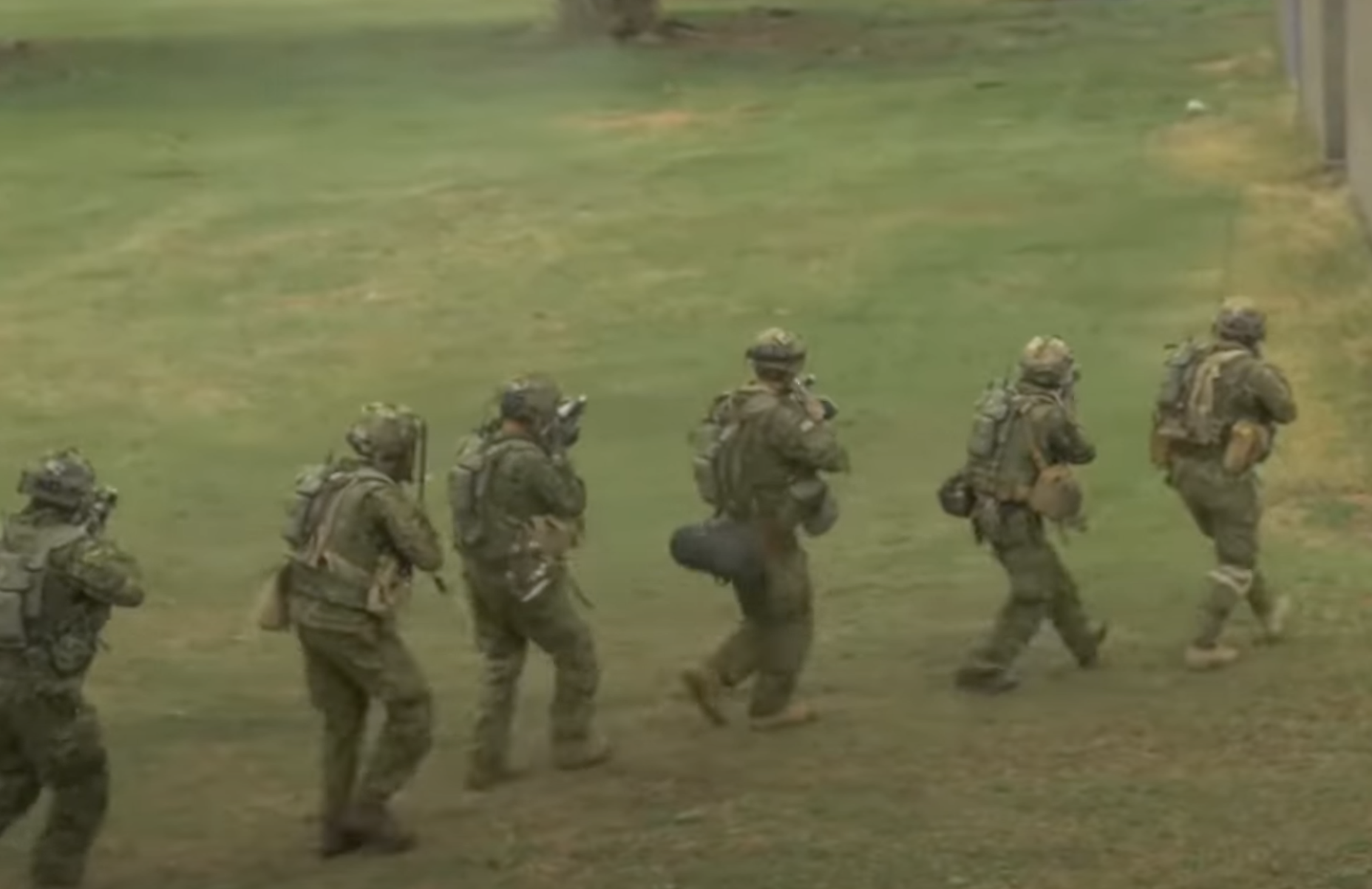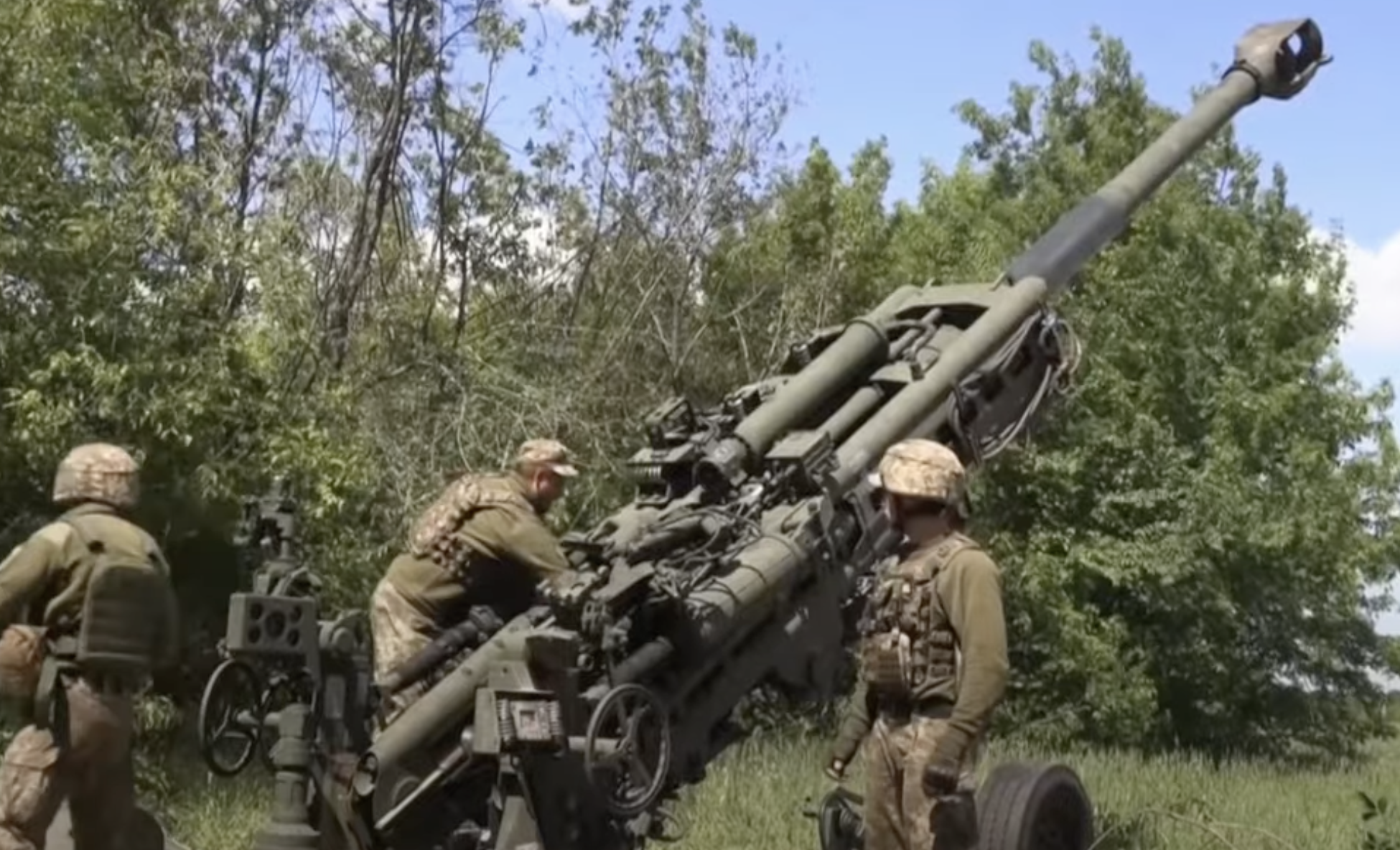By Scott Taylor
Last week there was seemingly some good news for Canada's beleaguered armed forces. A recent Toronto Star news headline noted that "The Number of Applicants to Join Canada's Military is Soaring".
Unfortunately the text continued with "Why Hasn't that Resulted in More of Them in Uniform?" The answer it turns out is that the Canadian Armed Forces (CAF) are unable to process the applications which they receive in a timely fashion. As a result, the gap between recruiting and those serving personnel who are releasing from the CAF continues to widen.
At last count there were 16,500 vacancies on the payroll of the CAF's combined regular and reserve establishment of 101,000. At a recent defence conference in Ottawa, Minister of Defence Bill Blair referred to the current recruiting versus retention crisis as a 'death spiral'. According to the newly tabled Defence Policy Update, despite the promise of billions of dollars added to the budget, there is no course correction mentioned which will reduce that 16,500 shortfall in personnel until the year 2032.
While Minister Blair told the Toronto Star that he doesn't "want to wait till 2032 to replace the 16,500. I think we need to go faster,” he offered no plan of action which would hasten the timeline.
However, what the Toronto Star article reveals is that Canadians are still willing to enlist in the military. In fact they did so in record numbers last year with 70,080 individuals volunteering to serve in uniform. The year before that the number of applicants was 43,934 amounting to a two year total of 114,014 potential personnel for the CAF. That is more than enough to replace the entire authorized strength of the CAF.
However the overwhelmed recruiting centres were only able to process 4,301 applicants last year and just 3,930 the year before. That comes to a two year total of 8,231 which means 105,231 would-be recruits went unprocessed.
This makes one question the rationale for the CAF senior leadership to radically reduce the dress and deportment regulations in order to cast a wider net to address the recruiting shortfall.
The theory was that if any and all hairstyles were acceptable, including facial hair, tattoos and piercings, the CAF would be a more welcoming and diverse workplace. Uniforms are still to be worn, albeit they are no longer gender specific. For traditionalists, the idea of coloured hair on the parade square seemed a drastic measure to attract otherwise hesitant applicants.
Given the numbers, it would seem that dress and deportment was not the problem, but rather it was the recruiting and training branches that simply could not process the influx.
Another policy change was to allow immigrants with Permanent Resident status to enlist in the CAF. Prior to November 1, 2022, a recruit needed to be a Canadian citizen. This move bore fruit as over 21,000 Permanent Resident card holders to date have eagerly flocked to recruiting centres. Unfortunately, due to a lack of resources through which to conduct the necessary background checks on these immigrants, only 77 such applications had been processed as of February 2024.
If a pilot were to announce over the intercom to the passengers that their plane was in a 'death spiral' you would expect the next words to include a plan to take drastic measures to correct said spiral.
Instead Minister Blair continues to display a total lack of urgency.
Here is a suggested course of action. The present understrength CAF is like a starving person too weak to digest the necessary nutrients in order to recover. As a short term measure the Liberal government should put out the call for former service members to return to duty on an emergency call-up basis. They would not require background checks and they already know their trade. The job would be simply to enrol and train the new admissions.
They could be offered a lucrative signing bonus and a lucrative temporary salary. This money could come out of the savings which the CAF has been realizing as a result of having 16,500 unfilled positions for the past two years. That amounts to billions of dollars if you do the math.
There are thousands of applications already on file and there is no shortage of new volunteers to join. The legion of called-up veterans could temporarily flesh out the training centres and process the necessary admin and medical procedures.
As for those with Permanent Resident status, why not conduct their security clearances while they are going through their Basic Military Training courses? It is called concurrent activity. Surely there are enough retired military police, intelligence branch and CSIS staffers willing to commit to restoring the CAF to full operational strength.
Desperate times call for desperate measures, and these are definitely desperate times.




















